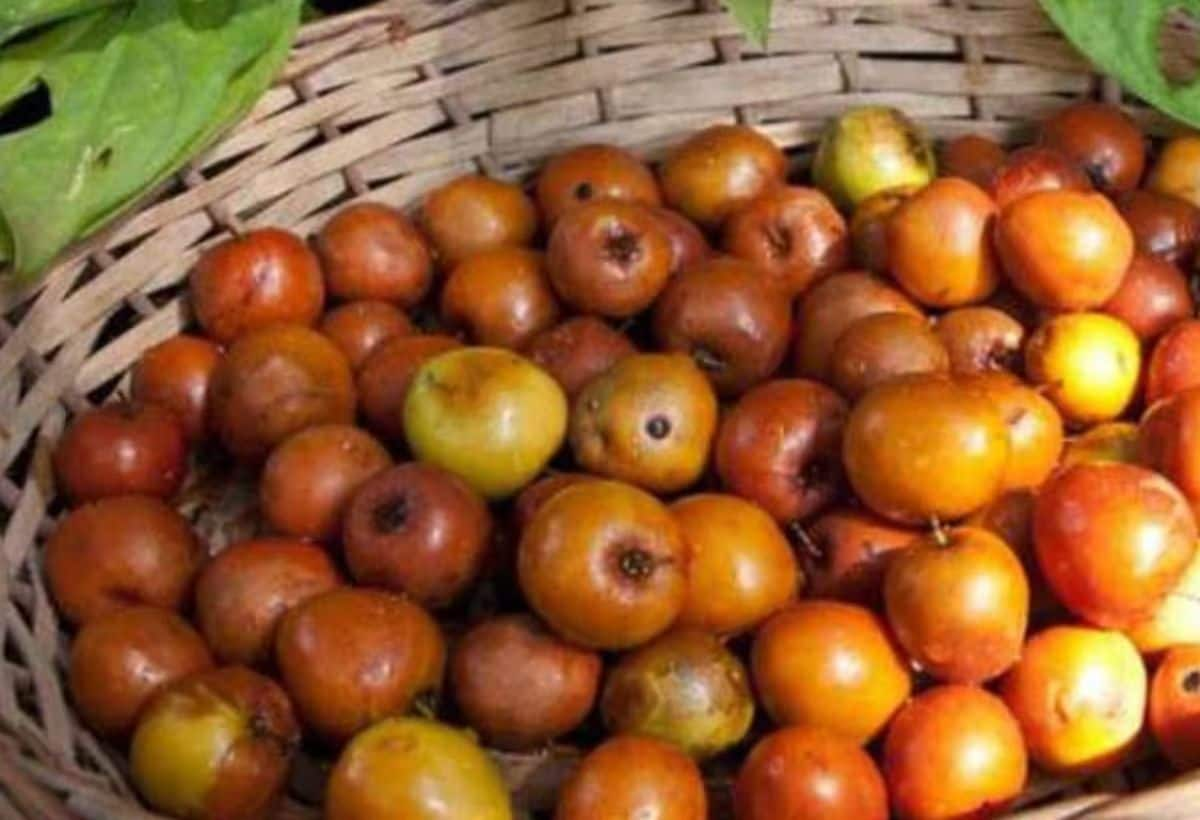Introduction
Farming is no longer viewed as a last resort for those who don’t want to pursue higher education. In recent years, farming, particularly niche crops like plums, has emerged as a lucrative business opportunity attracting attention from everyone, including IAS officers and IIT graduates. This article delves into the profitability of plum farming, providing comprehensive insights and guidance for aspiring farmers interested in this fruitful venture.
Understanding Plum Farming
Plums have established themselves as a highly sought-after fruit in the agricultural market. Many farmers are pivoting from traditional staple crops to fruit gardening, revealing substantial profit potential. This change is largely due to the rising demand for fresh, organic fruits in urban markets. Among various fruit options, plums stand out as a particularly rewarding choice for farmers.
Productivity of Plum Trees
One of the remarkable aspects of plum farming is the high yield it offers. A single plum tree can produce:
- Gola Variety: 100 – 150 kg of fruit per tree.
- Apple Variety: 100 – 200 kg of fruit per tree.
Such productivity can significantly impact a farmer’s income, especially during peak harvesting seasons. The plum season typically extends until May, allowing for an extended selling period.
Bumper Production in Rajasthan
Rajasthan, particularly the Ramgarh area of Alwar district, has gained fame for its exceptional plum production. The regional climate and soil conditions are conducive to growing high-quality plums, making Ramgarh plums a popular choice not only within India but also in international markets. The two main varieties cultivated here — Gola and apple varieties — are noted for their taste and size, contributing to their market appeal.
Market Prices and Demand
The profit potential for plum farming can be significant, especially considering the fluctuating market prices:
| Supply Stage | Price per kg (INR) |
|---|---|
| Initial Stage | 120 |
| Increased Supply | 80 |
Despite the price drop when supply increases, the overall demand for Ramgarh plums remains incredibly high due to their sweet taste and quality. The fruit is particularly popular in markets across Gujarat, Maharashtra, Punjab, Jaipur, Udaipur, and Bikaner. In states outside of Rajasthan, the price can reach up to 150 rupees per kg, making it a valuable crop for farmers.
Conclusion
In conclusion, plum farming represents a viable and potentially profitable agricultural venture. With suitable climate, good practices, and market knowledge, farmers can earn substantial incomes while contributing to the local economy. Investing in plum trees not only paves the way for financial success but also allows individuals to partake in a rewarding and fulfilling agricultural pursuit.











